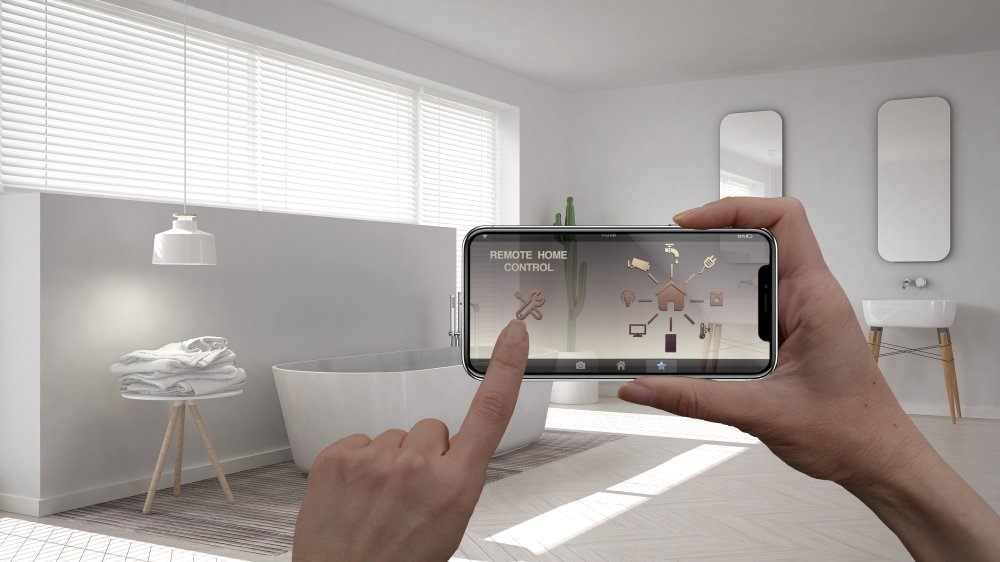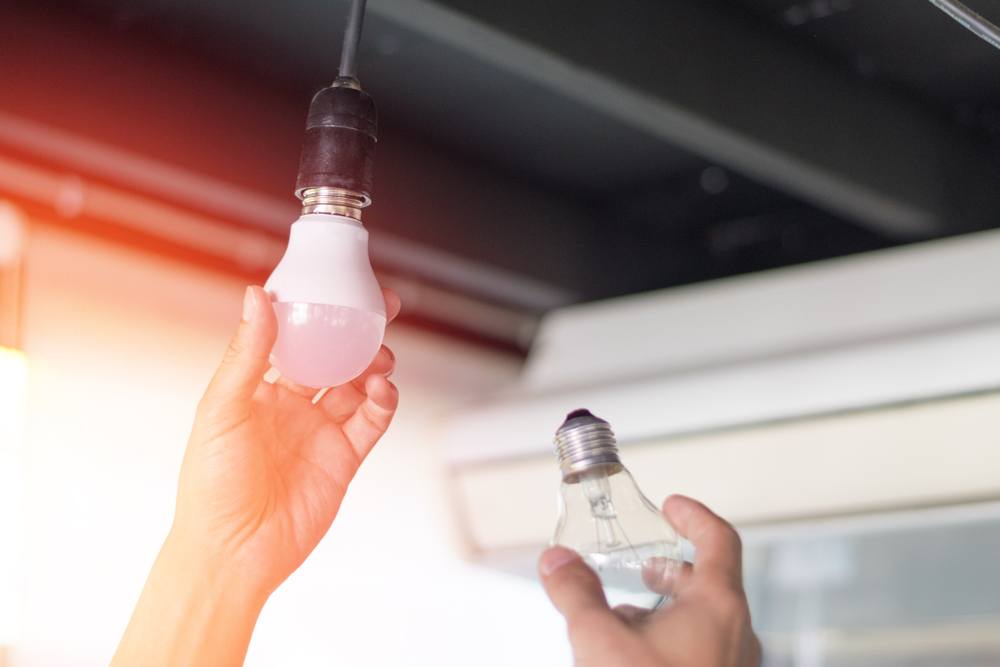How to Create the Most Energy Efficient Home Design
During peak summer or winter weather, your energy costs could be sky high. If you take long hot showers, that bill may boost up. Add in laundry, dishwashing, all those light fixtures, appliances and gadgets and that monthly bill can seemingly drain both our energy and our finances.
There are changes we can make to each room of our home, though, that could lead to cost savings over the long-run. Ready to do an energy audit? Here’s how to create the most energy efficient home design without busting your budget!.
The Living Room/Great Room
Your living room is the first for the audit. What, though, are you looking for during the audit? You should check:
- Outlets and Power Strips
- Heating and Cooling Vents
- Entertainment Consoles
- Light Fixtures
Outlets & Power Strips
Every appliance, light fixture and random gadget that is plugged into an outlet or power strip uses electricity and so does every charging cord left in those plugs. One of the easiest ways to waste electricity is just by leaving unused gadgets and lights in those plugs.
Power strips also can be a fire hazard, so it’s best not to over use these. If a power strip isn’t being used, switch it off or completely unplug it from an outlet. You need to look at every item that’s anchored into the strip. If that old VCR isn’t ever on, then unplug it.
Homeowners may want to switch to smart power strips, which can be controlled by a phone or another mobile device. You can easily cut off power to unused items to ensure that electricity isn’t being wasted. Plus, many of these strips also feature USB ports to charge tablets and phones.
Outlet plugs also can be switched out for smart plugs that also can be controlled by Alexa or another smart device. Before switching to smart plugs and strips, decide what lights, gadgets, and entertainment devices you want to smarten up…and control via voice or phone.
Heating & Cooling Vents
Air circulation is necessary to keep home temperature comfortable. Depending on the location of your thermostat, improper circulation could keep your HVAC quite busy…too busy.
To ensure that air is moving freely throughout the room, check the vents. Make sure they are open and that air is being forced out. You should be able to feel a slight warm or cool breeze from the vents.
If your living or great room has a vaulted ceiling, it may take more energy to heat and cool.
However, if your vault also features a ceiling fan, you might want to start circulating the air. Don’t turn it on high during the winter, as you might cool off the temperature. Just utilize a low setting and be sure to change the direction of the fan for a bit extra circulation, because, remember, heat rises.
Ceiling fans during summer might not take that cold air higher, but it will help keep the air cooler.
Entertainment Consoles
Many families have entertainment centers that include their television, stereo equipment, DVR or maybe even an Apple TV or Amazon Fire Stick.
However, there also are many items plugged into outlets that are just wasting electricity. Decide what needs to be plugged in and what can be removed. If you have a smart TV or gadget, utilize smart plugs and smart power strips to fully control these items so you can turn them off easily when they aren’t in use.
Light Fixtures
Many lamps and light fixtures can utilize smart technology via smart plugs. While this can save electricity, the biggest switch to make with light fixtures is all about the actual light source.
If you’re still using incandescent bulbs, you need to toss them. Instead, opt for LED bulbs, as they use less energy and have a much longer lifespan. The initial cost of the bulb might be more, but you can save money over the long term.

The Bathroom
Your bathroom can be a huge energy waste zone. Here are all the items you should check during your energy audit:
- Shower Heads/Faucets
- Bathroom Lights
- Water Flow & Leaks
- Hot Water Heater
Shower Heads/Faucets
The main goal in the bathroom is to try and cut water costs. Showers are the third largest use of water in an average home. One of the easiest ways to conserve water and energy is to install low-flow shower heads and faucets. The flow of shower heads should be less than 2.5 gpm for efficient water usage adn of faucets
You should also pay attention to the length of your shower. You can utilize a timer in the bathroom to ensure that you aren’t spending too much time in the shower.
Another saving tip is to equip your shower with those on-off switches to save the precious liquid. The upgrade could lessen your water bill over time.
The best habit to save water though? Turn off the faucet when you’re washing your hands or brushing your teeth. Teach kids to do the same!
Bathroom Lights
Again, all light fixtures should feature LED bulb. This is also true for bathrooms. Just say no to incandescent.
Typically, the light use in the bathroom isn’t as high as other rooms. However, the bulb switch will still save you money over time. Plus, the bulbs will last longer.
Water Flow & Leaks
Wasted water costs money. Check pipes and fixtures for any leaks and drips.
There are smart devices on the market that can be installed to alert you of leaks and water flow issues. While the initial investment might seem high, the savings on repairs or water waste could be worth it over time.
Hot Water Heater
While your hot water heater isn’t in the bathroom, this is the time to check it! Yes, everyone loves a hot shower.
However, if the water temp is too high, you could be using more electricity or gas. Water heating is one of the largest energy expenses in houses. Think about nudging down the heat.

Bedrooms
You spend around eight hours each night in your bed. Yet, there are a lot of little changes to make to keep your bedroom energy efficient. Be sure to check:
- Plugs and Outlets
- Lights
- Thermostat
- Bedding
Plugs and Outlets
Again, check all the plugs and outlets. Remove any gadget or light that doesn’t need to be plugged into the outlet.
If you have a television, unplug it if it isn’t in use. Or turn off the power strip.
Lights
Make sure all light bulbs are switched out for LED bulbs. Consider installing smart plugs for lights that are utilized often. This gives greater control and could save money over time.
Thermostat
If you have an individual thermostat in your bedroom, nudge it down during the night or up (in summer). Use a ceiling fan to keep air circulating at night. Don’t have a ceiling fan? Now is a good time to install one!
Bedding
How does bedding relate to energy savings? It’s cheaper to use less or more covers to make the body more comfortable than it is to adjust that thermostat. Keep your bed comfortable for extreme temperatures and avoid using the HVAC to extremes.
Other Little Changes throughout the Home
While every room could be changed to improve energy efficiency, there are always more changes you can make overall. Smart devices could save you money in every room, but natural changes are the cheapest.
Here’s the cheap checklist for changes that cost $0!
- Open the curtains and use natural light instead of lamps
- Change the times you do laundry/dishes. Some utility companies may charge less during off-peak hours (check your utility company for details).
- Unplug appliances and gadgets when you aren’t using them.
- Turn off the lights when you leave the room.
- Close the drapes during the peak hours of heat during the summer.
Creating a more energy efficient home should not leave you with zero savings or a bottomed out bank account. While making massive changes like installing solar panels, buying all new ‘smart’ appliances and fixtures could cost a fortune, every homeowner can make little changes to help increase energy efficiency and save money each month.
Everyone can embrace a greener lifestyle, so what are you waiting for? Do your energy audit now!



